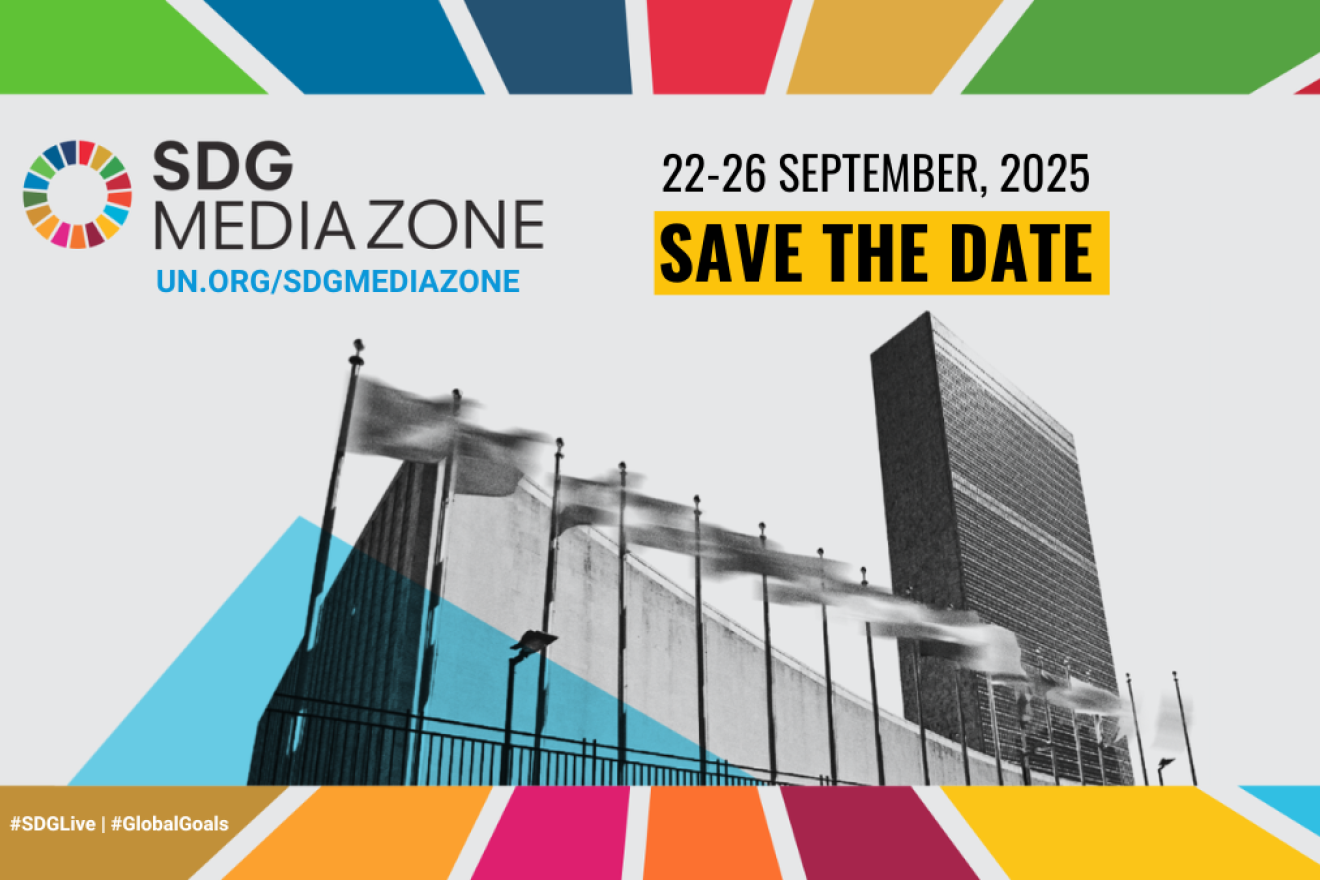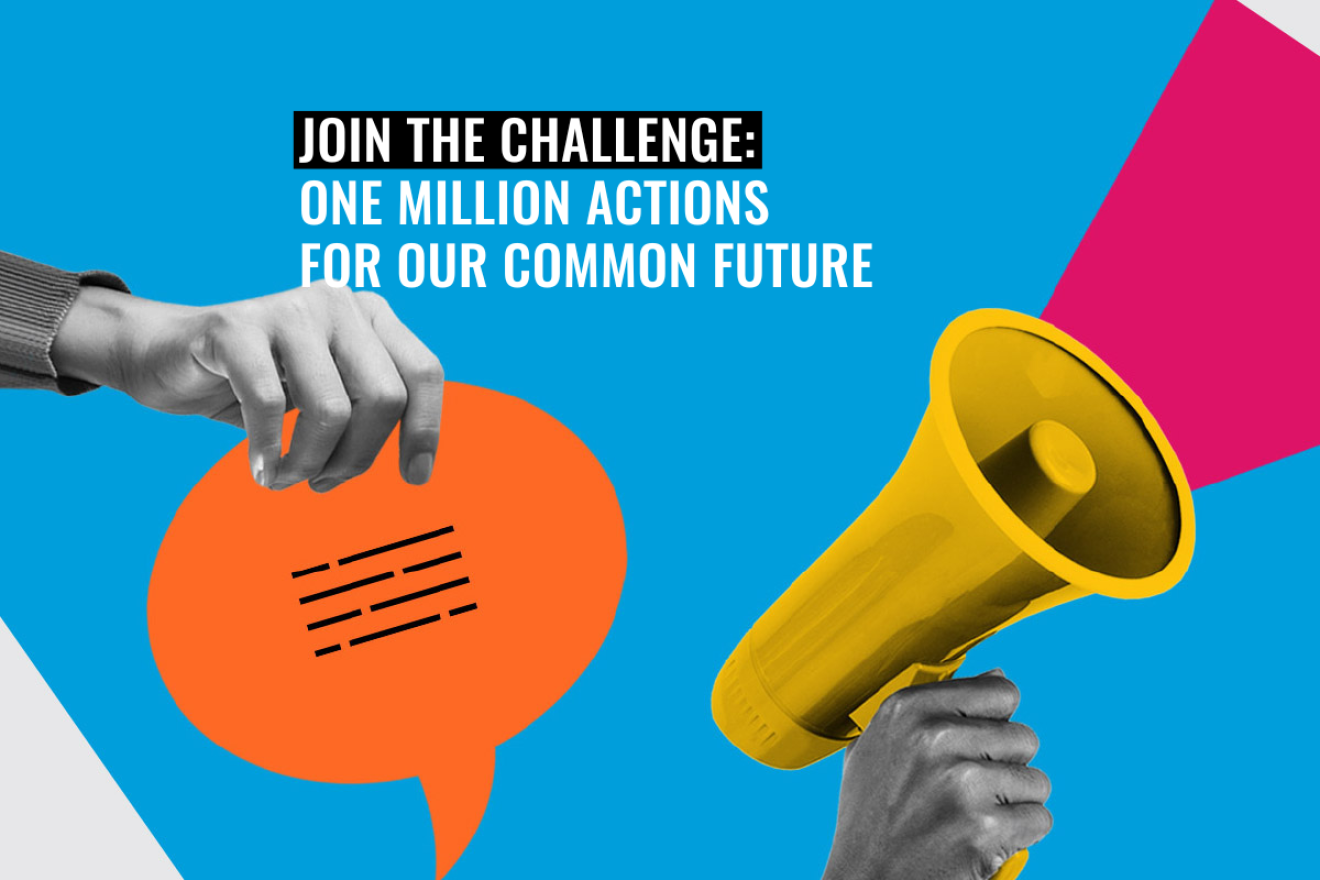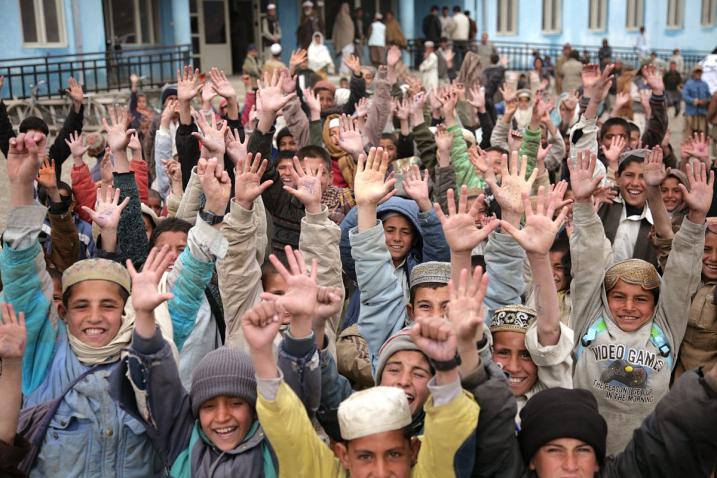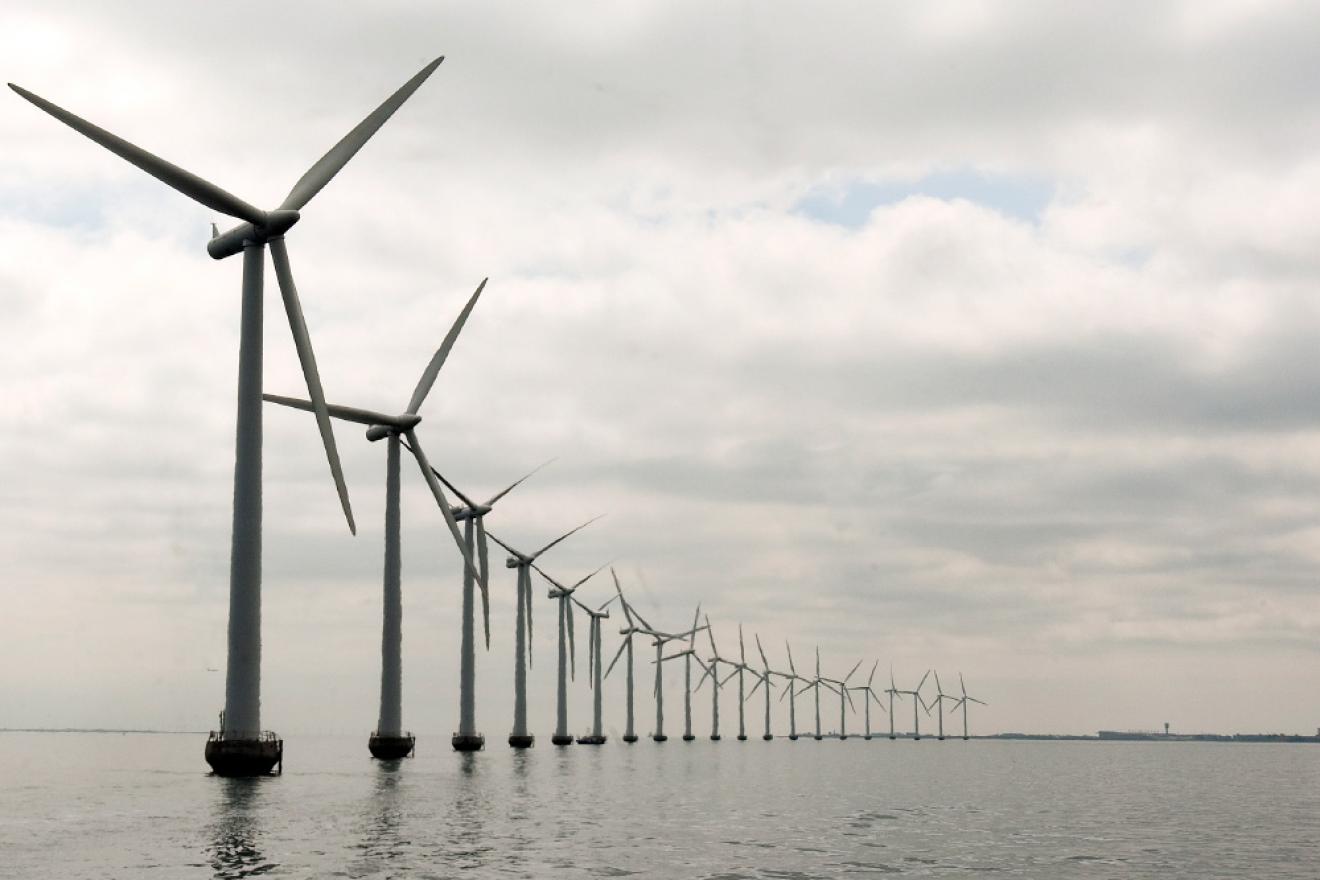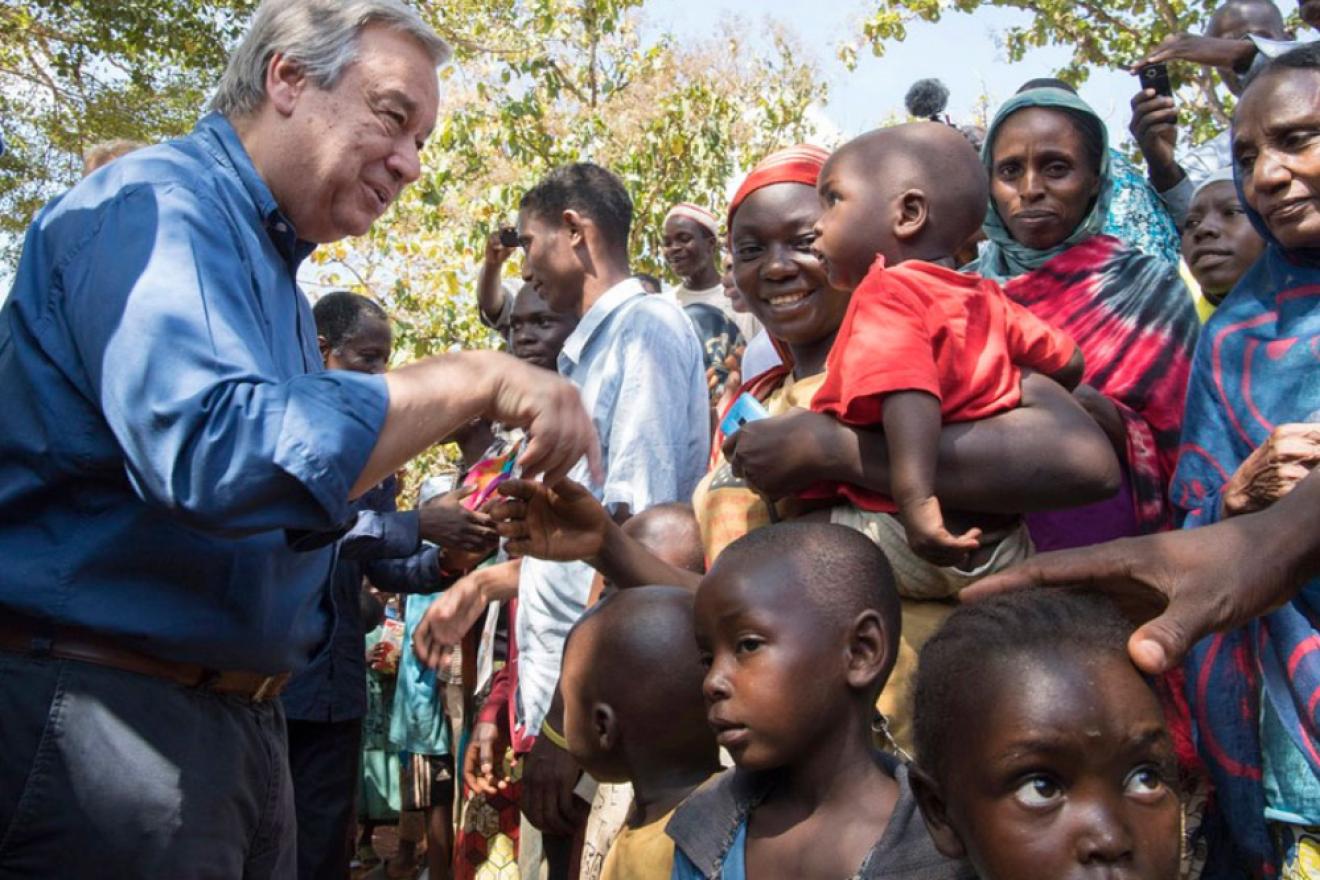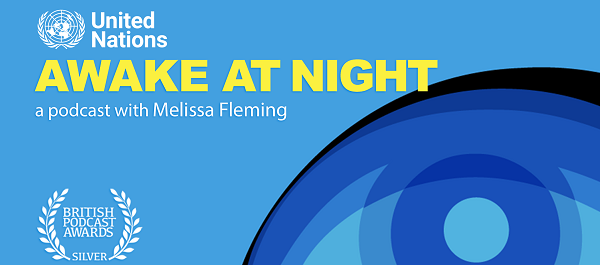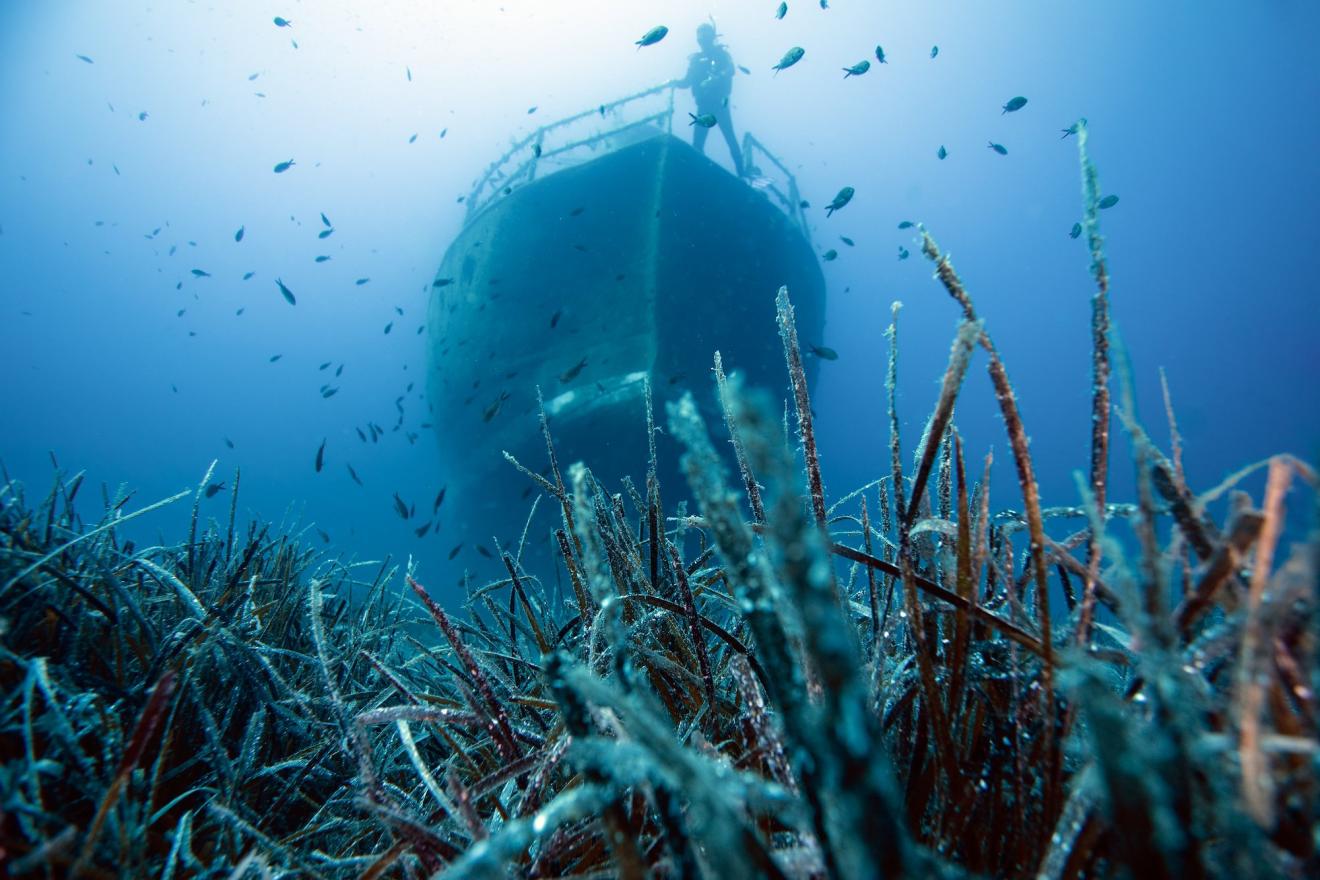Join the United Nations Department of Global Communications during the high-level week of the General Assembly's 80th session from 22-26 September and hear about the transformation and solutions needed to accelerate action on the SDGs. See the details on the SDG Media Zone UN80 programme.
It’s time to chart a new course for lasting peace
Nuclear weapons offer no security, only the threat of annihilation, with around 12,241 still in existence. The International Day for the Total Elimination of Nuclear Weapons (26 September) reminds us of the Cold War’s central lesson: humanity once risked its survival. Sadly, the shadow of nuclear annihilation is still with us and spreading fast, fueled by divisions and mistrust, along with rising military spending, growing stockpiles, and nations using nuclear threats as coercion. Humanity is headed in the wrong direction. It’s time to chart a new course for lasting peace through disarmament.





